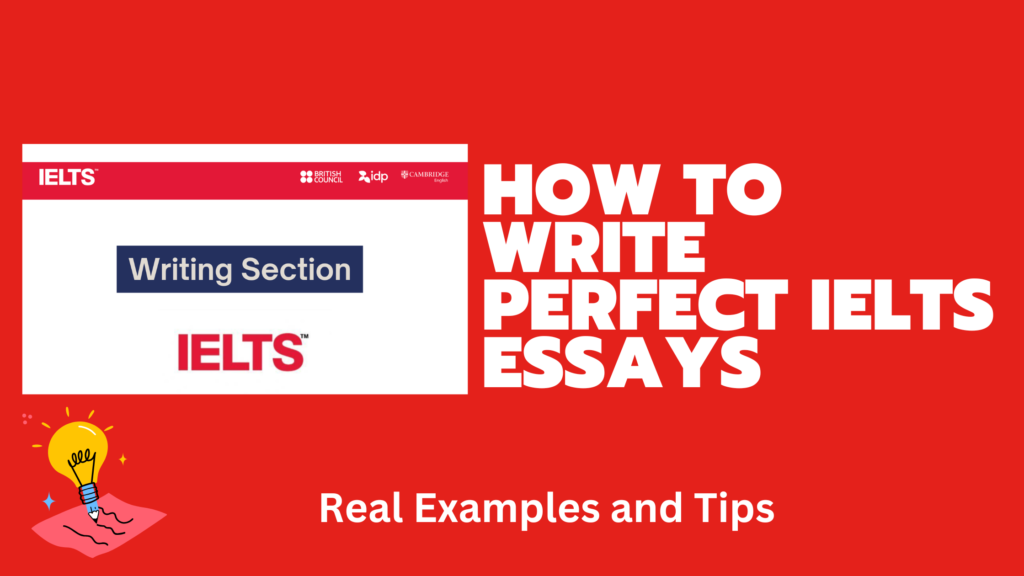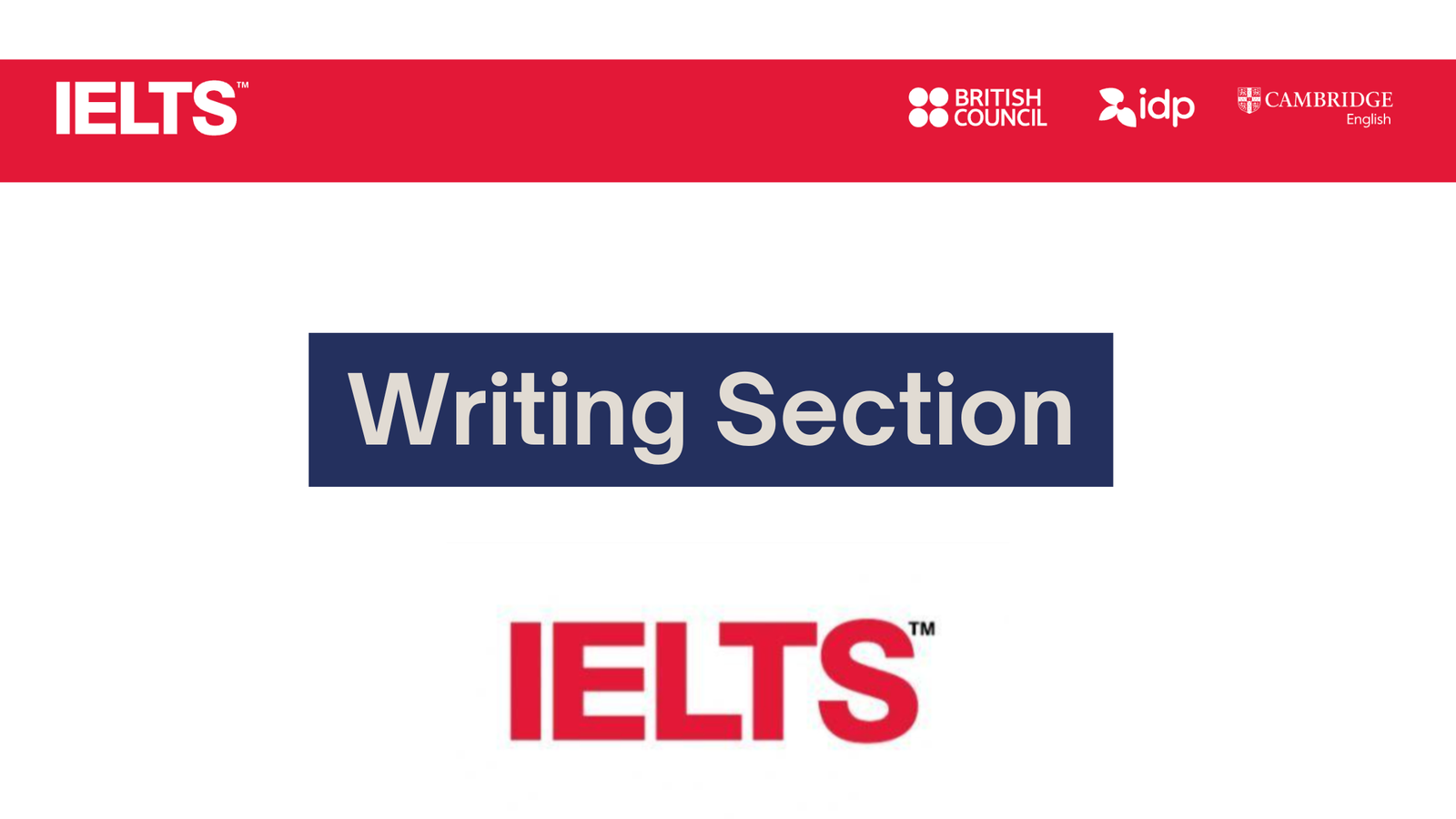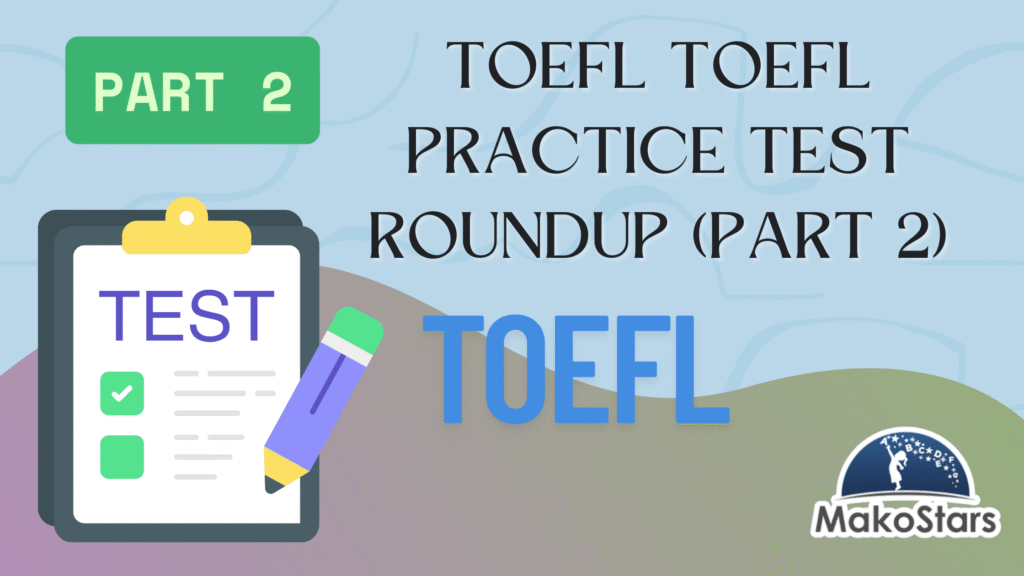How to Write Perfect IELTS Essays: Real Examples & Tips
Table of Contents
Introduction
IELTS essay topics tend to repeat themselves. Students report seeing about 100 common topics that keep showing up in exams over the last several years.
Your IELTS Writing Task 2 might focus on education, technology, health, or environmental topics. Becoming skilled at these recurring themes is a vital part of success. The writing section needs a 150-word response for Task 1 and a detailed 250-word essay for Task 2. Understanding different question types and their requirements will help you score better.
My experience analyzing countless IELTS essay examples shows that regular practice with common topics leads to higher band scores. Let’s take a closer look at real examiner-approved examples in this piece. You’ll find practical tips that will boost your confidence with every type of IELTS essay.

Mastering Opinion Essays in IELTS Writing Task 2
IELTS Writing Task 2 often features opinion essays that need a clear position on the topic. Your first step should be spotting these questions to become skilled at writing this essay type.
Analyzing opinion essay questions
Questions for opinion essays usually end with phrases like “Do you agree or disagree?” or “To what extent do you agree or disagree?”. Success comes from carefully understanding what the question demands – you must take a firm position. Test-takers often make a critical mistake when they avoid giving a clear opinion or try to argue both sides. Your score on task achievement, which accounts for 25% of your writing score depends on addressing every part of the question properly.
Structuring your argument clearly
A well-laid-out opinion essay follows this four-paragraph format:
- Introduction: Paraphrase the question, clearly state your position, and outline your main points
- First body paragraph: Present your first supporting reason with explanation and examples
- Second body paragraph: Present your second supporting reason with explanation and examples
- Conclusion: Summarize your position and main arguments

IELTS examiners look specifically for ideas that flow logically. Each body paragraph needs a topic sentence, detailed explanation, and relevant examples. Your opinion must stay consistent throughout—changing your stance midway will seriously affect your score.
Ground band 9 opinion essay examples
Band 9 essays share several distinctive features. They stick to one viewpoint, provide well-developed supporting reasons, and use appropriate transitional phrases.
To name just one example, band 9 samples often tackle controversial topics like education systems, environmental issues, or technology’s effect on society. These top-scoring essays start with a clear position statement, develop two to three main ideas fully, and end by reinforcing the writer’s opinion without new points.
Note that examiners give high scores to essays that offer solutions to problems, justify opinions, and review ideas with evidence.

Tackling Discussion Essays with Confidence
IELTS discussion essays present a unique challenge. You need to analyze opposing viewpoints instead of arguing for just one position. Your band score can improve by a lot if you know the right approach.
Identifying discussion essay prompts
Discussion essays are different from opinion essays. They ask you to explore two contrasting views before sharing your own thoughts. You’ll spot these prompts through instructions like “Discuss both sides of the argument and give your opinion” or “Discuss both views and give your opinion.”
The statement part usually shows two opposing viewpoints with clear instructions to address both sides. Don’t mix these up with advantage-disadvantage essays that look at one view’s benefits and drawbacks rather than two separate positions.
Presenting balanced viewpoints
A well-laid-out discussion essay typically has four paragraphs: introduction, first viewpoint (often the one you disagree with), second viewpoint (usually the one you support), and conclusion.
Each view needs an explanation of why people believe in it, backed by relevant examples. You must give equal attention to both sides, whatever your personal opinion might be.
State your position clearly in the introduction and keep this view consistent throughout the essay, especially in your topic sentences.
Examiner insights on common mistakes
Students often make the mistake of not giving their opinion when they’re asked to do so. This can limit your Task Achievement score to band 5, no matter how good your essay is.
The discussion format suffers when you give stronger support to the view you prefer.
Examiners expect to see your position throughout the essay for a band 7 or higher, not just in the conclusion.
It’s better to explain fewer points with specific examples than to present many underdeveloped reasons for each viewpoint.

Writing Effective Problem-Solution Essays
Problem-solution essays are among the most common question types in IELTS Writing Task 2. Students need to spot issues and suggest relevant solutions. Learning this format helps you show your analytical skills and practical thinking abilities.
Breaking down problem-solution questions
These questions ask you to describe specific problems about a topic and suggest possible solutions. You’ll often see phrases like “What problems are associated with…” that lead to “What can be done about…” or “What solutions can you suggest?”
Understanding instruction words is vital to figure out if you’re dealing with problem-solution or cause-solution formats.
They look similar but work differently. Causes tell us why something happens, while problems show the negative results. Your planning should focus on 1-2 main problems and their solutions.
Organizing causes and solutions logically
Two structures work best for problem-solution essays:
- Introduction → Problems → Solutions → Conclusion
- Introduction → Problem 1 → Solution 1 → Problem 2 → Solution 2 → Conclusion
Each structure needs clear links between problems and solutions. Your paragraphs should have a topic sentence, detailed explanation, and examples that support your points.
Start with a paraphrase of the question and outline your main points. The conclusion should wrap up your arguments briefly.
IELTS questions usually mention “problems” and “solutions” in plural, but you can focus on one problem and solution if time is tight.
Case study: From band 6 to band 8
Band 6 essays usually list many problems and solutions without developing them properly. One student jumped to Band 8 by making these changes:
- Focused on fewer points but explained them better
- Made clear connections between each problem and solution
- Used specific examples instead of general statements
- Added better transition phrases
- Used more complex grammar with fewer mistakes
Great problem-solution essays show task achievement by answering all parts of the question. They present relevant ideas with solid support and clear organization.
Excelling at Advantage-Disadvantage Essays
IELTS Writing Task 2 questions often ask you to write advantage-disadvantage essays.
These make up much of the exam questions where you need to assess both positive and negative aspects of a specific issue. You need to become skilled at this format to score high on your IELTS exam.
Recognizing advantage-disadvantage questions
The questions ask you to discuss benefits and drawbacks of a particular topic or trend. You’ll spot them through phrases like “What are the advantages and disadvantages of…” or “Do the advantages outweigh the disadvantages?”.
It’s significant to spot the difference between questions that just ask for pros and cons versus those that need your opinion on which side weighs more.
Reading the instruction words carefully will give a better score. Without this, your score might stay at band 6 no matter how good your language is.
Balancing points of view effectively
Your essay structure can follow two paths: you can discuss advantages and disadvantages in different paragraphs or tackle both in one paragraph. The first approach usually works better for clarity. Start with one paragraph for advantages and another for disadvantages.
Give equal attention to both sides. Many test-takers lean too heavily toward one side. My advice is to cover 2 advantages and 2 disadvantages. Support each point with examples.
Sample essays with examiner annotations
Top-scoring advantage-disadvantage essays share common features. They use clear paragraph structure with topic sentences that show whether the paragraph covers advantages or disadvantages. Strong essays also use specific words like “benefits,” “gains,” “drawbacks,” and “downsides”.
Examiners love to see different points of view – economic, social, or environmental angles make your analysis stronger.
To cite an instance, writing about how solo living affects people’s mental health and society’s demographics shows deeper thinking.
Note that you must clearly state which side you think matters more if the question asks for it. Missing this clear position can hurt your score by a lot.

Preparing for Common IELTS Essay Topics
IELTS exam success depends on your grasp of topics that keep coming up. Test-takers can prepare effectively since about 100 common topics show up consistently in Writing Task 2 questions.
Environment and technology topics
Environmental issues are classic IELTS essay topics that focus on pollution, climate change, conservation, and sustainability.
Questions often ask if environmental protection should take priority over economic growth or whether governments should tax unhealthy foods. Technology-related questions have become more frequent, especially those about remote work, digital transformation, and artificial intelligence.
The exam has featured questions about technology’s impact on children’s mental health and whether unrestricted access to information puts society at risk since 2020.
Education and society topics
Education stands out as one of the most tested themes, with about 17 education-related questions appearing regularly.
These questions explore whether schools should emphasize sciences over arts, if education should be free at all levels, and the benefits of school uniforms.
Society-focused questions look at whether new houses should follow traditional architectural styles, if parents need more involvement in their children’s education, and how work-life balance affects families.
Health and work topics
Health questions often explore obesity’s root causes, ways to promote exercise, and healthcare funding.
Many prompts ask if governments should provide free healthcare or if people should take charge of their own health.
Work-related topics cover whether employees should stick to one job throughout their careers, remote work arrangements, and work-life balance. A common question examines why many parents find it hard to juggle family life with career demands.
Adapting your approach to different topics
The best candidates build their topic-specific vocabulary by reading news regularly. A vocabulary list for each common topic area helps you show lexical range to examiners.
Practice with different essay types across topics builds versatility—you might see the same topic as an opinion essay in one test and a problem-solution essay in another.
Understanding what the question asks is vital whatever the topic—your score will stay at band 6 if you miss parts of the question, even with excellent language use.
Conclusion
Your success in IELTS Writing Task 2 relies on a solid grasp of question types and common topics. You can tackle any writing prompt with confidence when you know how to handle opinion, discussion, problem-solution, and advantage-disadvantage essays.
It’s worth mentioning that IELTS essays need a well-laid-out structure, consistent opinions, and strong arguments.
Your writing skills will improve as you practice with recurring topics like environment, technology, education, and health. This practice helps you build topic-specific vocabulary naturally.
Different essay types need unique approaches, but they share essential elements. You’ll need to analyze questions carefully, organize logically, and provide relevant examples.
Your target band score becomes achievable through focused preparation and understanding what examiners expect.
Still need help? Get in touch with BumbleB English School and get expert help from
FAQs
Q1. What are the key components of a well-structured IELTS essay?
A well-structured IELTS essay typically includes an introduction that paraphrases the question and states your position, two to three body paragraphs with clear topic sentences and supporting examples, and a conclusion that summarizes your main points. Maintaining a logical flow of ideas and using appropriate transition phrases are crucial for achieving a high score.
Q2. How can I improve my vocabulary for IELTS Writing Task 2?
To enhance your vocabulary, read widely on common IELTS topics, maintain a vocabulary list for each subject area, and practice using formal academic words in your essays. Focus on using synonyms and varied expressions to demonstrate lexical resource. However, ensure that you use vocabulary accurately and appropriately within the context of your writing.
Q3. What are the most common types of IELTS Writing Task 2 essays?
The most common types of IELTS Writing Task 2 essays are opinion essays, discussion essays, problem-solution essays, and advantage-disadvantage essays. Each type requires a specific approach and structure. Familiarizing yourself with these formats and practicing them regularly can help you tackle any question confidently on exam day.
Q4. How important is it to address all parts of the question in IELTS Writing Task 2?
Addressing all parts of the question is crucial for achieving a high score in IELTS Writing Task 2. Failing to fully answer the question can limit your Task Achievement score to band 6, regardless of your language proficiency. Always carefully analyze the prompt and ensure that your essay covers all required elements.
Q5. What are some effective strategies for time management in IELTS Writing Task 2?
Effective time management strategies include spending about 5 minutes planning your essay structure and main points, allocating about 30 minutes for writing, and reserving the last 5 minutes for proofreading. Practice writing essays within the 40-minute time limit to improve your speed and efficiency. Remember to leave enough time to write a proper conclusion, as this is an essential part of your essay structure.





![12 Basic Grammar Rules to Write Like a Pro [2025 Guide]](https://englishlearninghub.online/wp-content/uploads/2025/07/12-Basic-Grammar-Rules-to-Write-Like-a-Pro-2025-Guide-1024x576.png)

